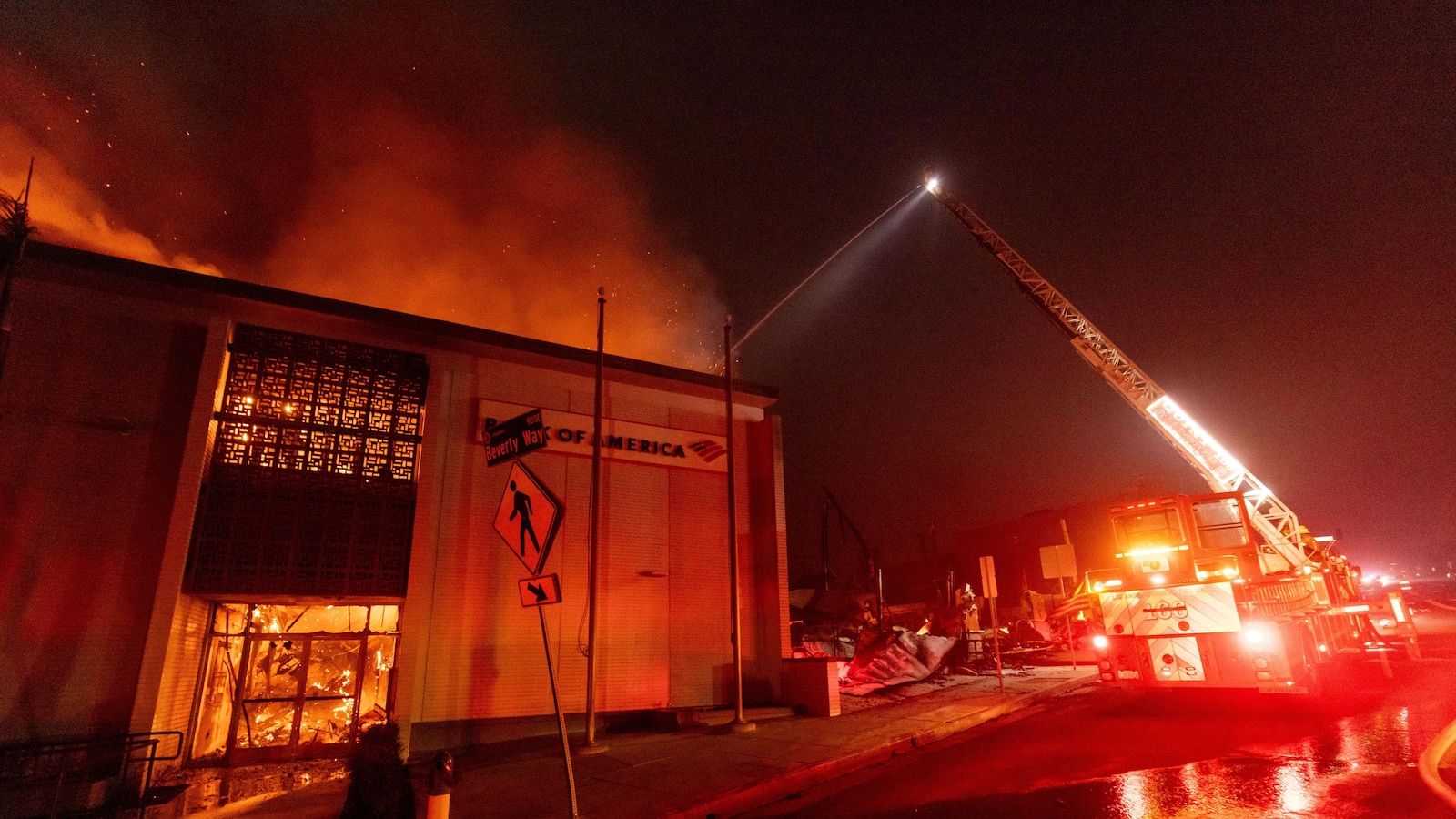The impact of climate change is far-reaching, affecting everything from food supplies to public health and economic stability. Rising temperatures, extreme weather events, and shifting climate patterns are causing agricultural yields to decline, leading to higher food prices and increased health risks. These effects create economic challenges for countries worldwide, affecting both local economies and global markets. Here, we examine how climate change threatens economic stability through its impact on agriculture, health, and environmental resilience.
Declining Agricultural Yields and Rising Food Prices
- Reduced Crop Productivity
Climate change disrupts agricultural cycles by altering rainfall patterns, increasing temperatures, and intensifying droughts. These changes harm crop productivity, particularly for staple foods like wheat, rice, and corn, which struggle under higher temperatures and water scarcity. As yields decline, supply decreases, driving food prices higher and impacting food affordability for millions. - Impact on Livestock and Fisheries
Rising temperatures and changing precipitation patterns also stress livestock and reduce the availability of water for animals. In fisheries, warming waters and ocean acidification affect fish populations, leading to declines in global fish supply. This combination creates a ripple effect across food industries, further elevating prices. - Global Food Insecurity
Higher food prices contribute to food insecurity, especially in regions with limited financial resources. Climate-related disruptions to food supply increase hunger and malnutrition, putting vulnerable populations at even greater risk.
Health Risks from Climate Change
- Heatwaves and Public Health
Heatwaves have become more frequent and severe due to climate change, posing serious health risks. High temperatures increase the likelihood of heat exhaustion, heatstroke, and cardiovascular issues. Vulnerable groups, such as the elderly and those with pre-existing conditions, face the highest risks during extreme heat events. - Air Quality and Pollution
Wildfires, which are increasing due to climate change, release large amounts of pollutants into the atmosphere, degrading air quality. Poor air quality exacerbates respiratory illnesses and has been linked to chronic conditions such as asthma and cardiovascular disease. - Spread of Infectious Diseases
Climate change creates conditions that allow certain infectious diseases to spread. Warmer temperatures and increased humidity provide a conducive environment for mosquitoes and other disease vectors, leading to a rise in diseases such as malaria and dengue fever.
Economic Consequences of Climate-Driven Health and Food Crises
- Increased Healthcare Costs
Health issues arising from heatwaves, pollution, and infectious diseases increase the burden on healthcare systems, leading to higher medical expenses. As healthcare systems become strained, the economic stability of communities suffers, especially in developing regions. - Impact on Workforce Productivity
Health risks, food insecurity, and extreme weather events also affect workforce productivity. Heat stress and food scarcity reduce the ability to work, particularly in sectors such as agriculture, construction, and manufacturing. The resulting decline in productivity impacts economic growth and stability. - Global Economic Instability
Climate-related disruptions to agriculture, health, and infrastructure contribute to global economic instability. As food and health crises drive up costs, countries may face increased poverty rates, political instability, and reduced economic resilience.
Adapting to Climate-Driven Economic Challenges
Countries worldwide are implementing strategies to adapt to the economic risks posed by climate change, including:
- Investing in Climate-Resilient Agriculture: Developing drought-resistant crops, enhancing irrigation, and adopting sustainable farming techniques can help secure food supplies against climate risks.
- Strengthening Healthcare Systems: Preparedness for heat-related illnesses, pollution impacts, and emerging infectious diseases is essential to protecting public health in a warming world.
- Mitigating Carbon Emissions: Reducing greenhouse gas emissions is key to limiting the effects of climate change. Shifting to renewable energy, improving energy efficiency, and conserving natural ecosystems are important steps to mitigate climate impacts.







Leave a Reply